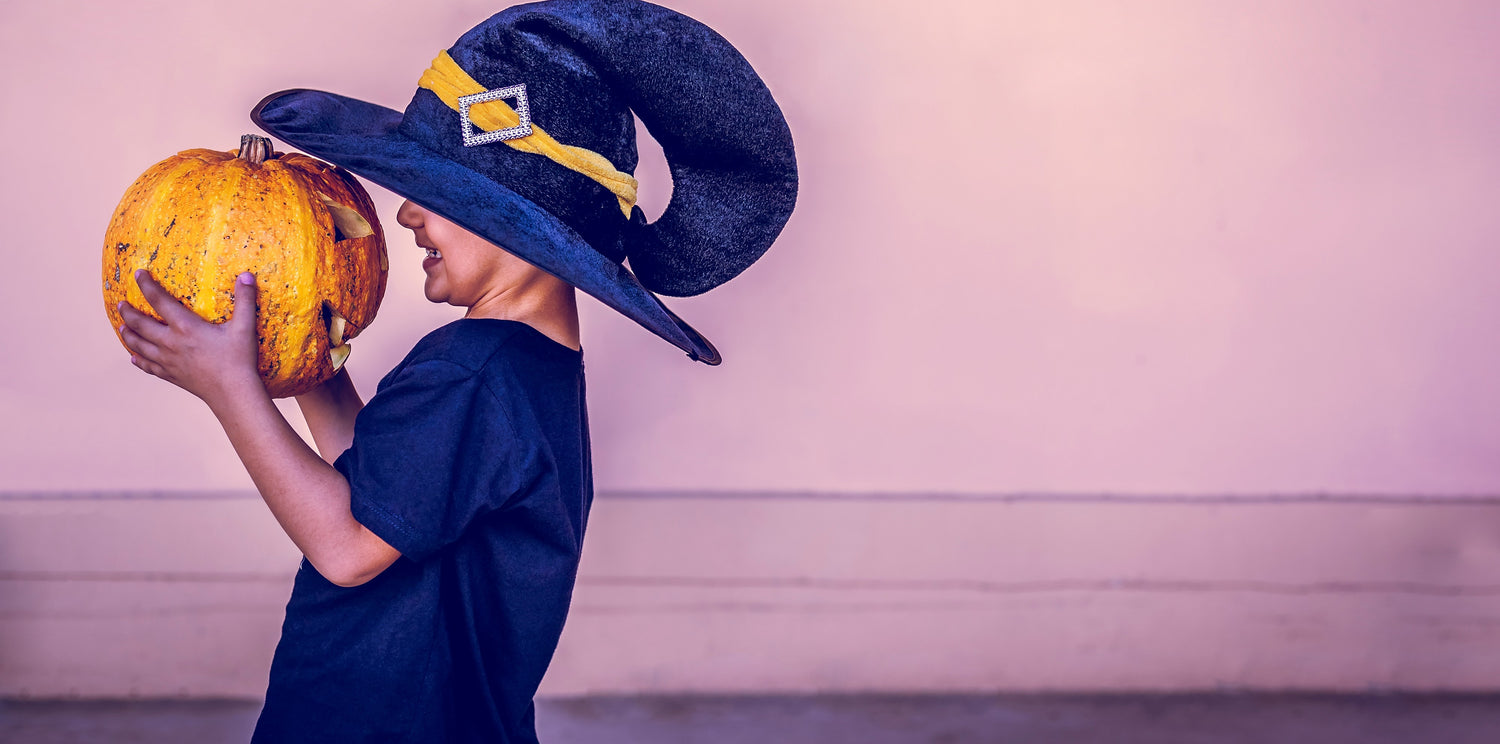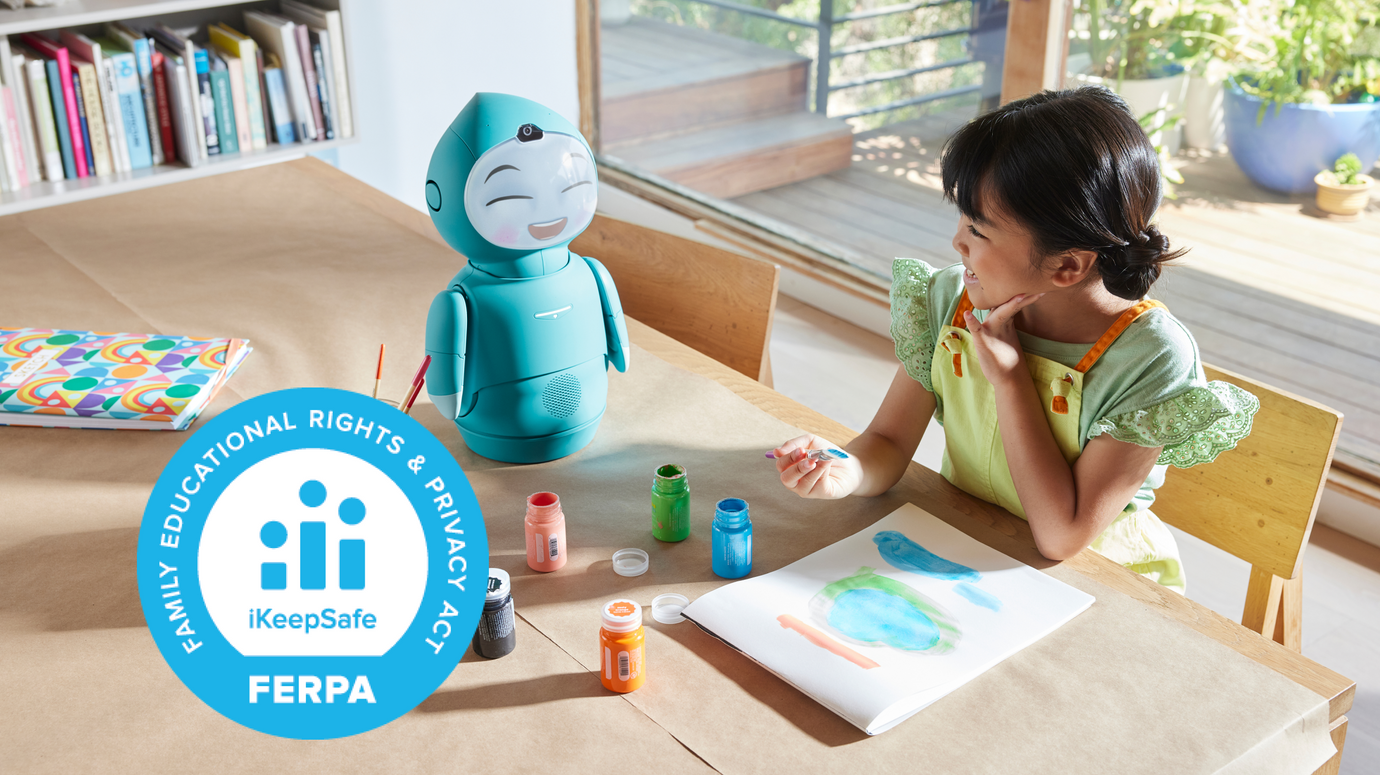Sensory Processing Challenges

Tips for creating a fun-filled Halloween for kids with sensory processing challenges
Halloween is meant to be scary, but for kids with sensory processing concerns, it can be a downright nightmare. People with sensory processing disorder have extreme sensitivity to sensory stimuli. In other words kids may be bothered by sights, sounds, odors, tastes, and sensations that don’t bother other people. Or, on the flip side, kids may seek out excessive amounts of those kinds of sensory input. It isn’t surprising then that in environments full of smoke machines, fake spiderwebs, frightening face paint, spooky sound effects, scratchy costumes, and unexpected jump scares, challenges abound for kids who have trouble processing stimuli. But that doesn’t mean that these kids can’t join in on the fun of the holiday. Here are five tips for how caregivers can help their kids have a spooky good time.

1. Start by checking in with your kid
Especially if Halloween is something you enjoyed as a kid – and, who are we kidding, you still do! – it can be hard to slow down and check in to see how much the holiday truly interests your kid. Getting dressed up may be your favorite part of the holiday, but maybe your kid could care less. Avoid making any assumptions about what your kid wants to do and approach them with an open question: what parts of the holiday, if any, interest you most? What do you want to do, if anything, to celebrate Halloween? Once you have input from your kid, take it from there.
2. Costumes: choose fabrics carefully and practice
Costumes can be tough for kids who are very sensitive to how fabrics feel on their skin and body. If your kid wants to join the fun of dressing up, start with their input regarding who or what they want to dress up as. If it’s something you can put together with things around the house, have your kid feel the fabrics to make sure they feel comfortable enough. If you’ll be buying the costume from a store, make sure you bring your kid with you and have them try it on or feel the fabric before purchasing.
Once you have a costume at home, wash it a few times to make the fabric softer. Then, have your kid get used to the costume by wearing it for some practice runs around the house. When it’s time to wear the costume for the big event, consider having your kid wear comfortable clothes underneath so those familiar clothes are what’s most in contact with their body.
And, always have a simple backup just in case the costume becomes too much for your kid to handle. Even a cape or something similar will do to help your kid still feel like part of the fun, but without the pressure of having to keep suffering from wearing a full-on costume.
3. Trick or treating: plan, practice, minimize crowds
If you’re planning on hitting up the neighborhood, consider walking through a planned route with your kid before the big night. That way they will know what to expect and can rely on that familiarity if they start feeling a bit overwhelmed. You may also want to limit your visits to homes of people you already know so that there are fewer surprises. Because crowds can bring noise and confusion, think about going out earlier when there will likely be fewer people out and about.

Another idea is to agree on a code word that your kid can use when they start feeling overwhelmed. Then you’ll know that it’s time to find a quiet place to step aside for a breather, or even call it a night and go home. Of course kids will get lots of candy when they trick or treat, which may not be easy for kids with food sensitivities. Make sure to bring along some special treats so they don’t feel left out.
And finally, going door to door isn’t the only way to enjoy the excitement of trick or treating. It can be just as fun to stay home and hand out candy to people as they come to you!
4. Go over the calendar ahead of time
Particularly if you have lots of events planned, before things get busy, make sure to go over the parties, events, preparations, trick or treating, and whatever else is on the calendar. Point out the plans that are out of the ordinary, but also make sure to let your kid know what regular activities will still be happening at the regular times. Before the events, talk about what will likely happen, how long you plan on being here, what your expectations for their behavior are, and what your kid can do if things start to get overwhelming (for example, a code word can be great for any event, not just trick or treating).
Write down all the events on a calendar so your kid can check in whenever they need to and see what’s coming up and when. And if your kid isn’t reading yet, use pictures or drawings. Try X-ing out each day as it passes to help your kid understand how far away they are from the planned events.
5. Create your own traditions
There’s no law that says you have to celebrate Halloween by carving pumpkins, dressing up, and going trick or treating. If your kid is into any of that, go with it, plan it out, and have fun! But if they’re not – or if you want to add something else anyway – consider making your own ways to celebrate. Read a special book or watch a specific movie together - maybe you can come back to that book or movie every year at Halloween. Come up with a fun arts and crafts activity or cook something unique. Play music or explore stories that make you smile, give you the spooks, or let you practice being someone else. There’s no end to ways you and your kid can get creative to build something new, special, and all your own!

For kids with sensory processing concerns, Halloween brings with it the potential for lots of scares – and not just of the ghost and vampires variety. But, even with an overload of sights, smells, sounds, tastes, and sensations, Halloween can still be fun for everyone. Put in a little bit of extra awareness and planning and you’re well on your way to a boo-tiful holiday celebration!






